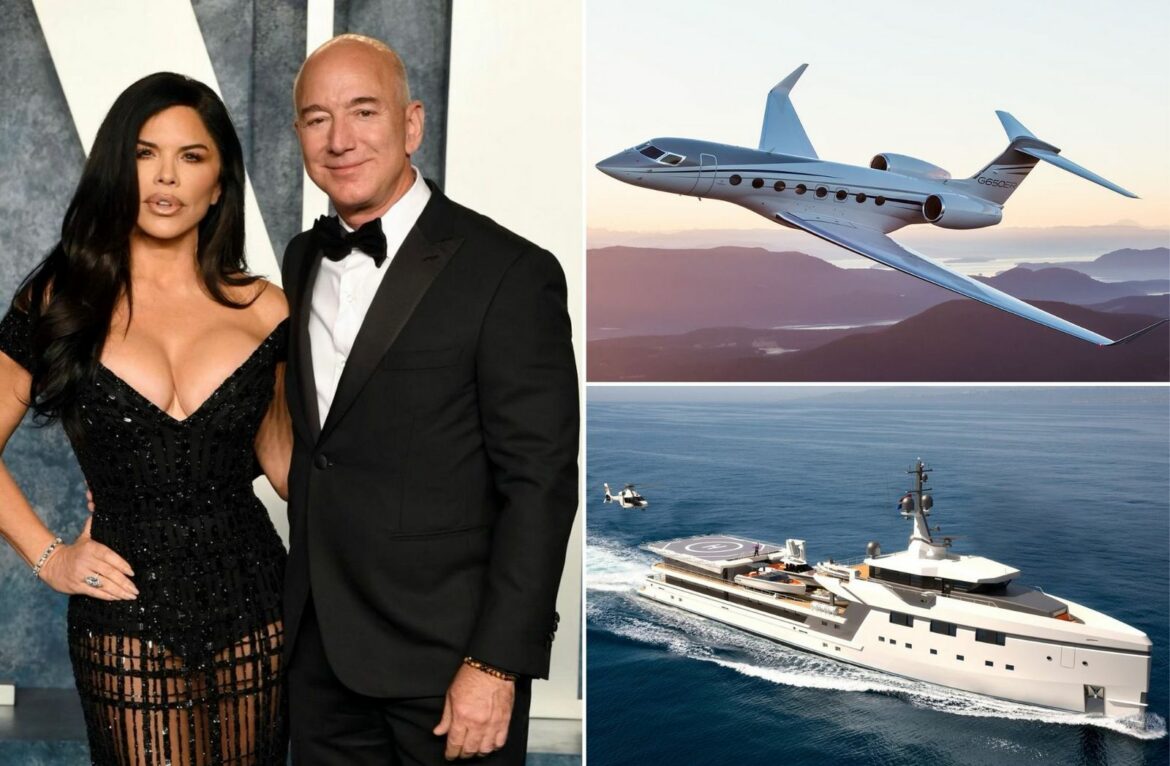Amazon founder Jeff Bezos has been very vocal about how he plans to give away the majority of his massive wealth during his lifetime. The billionaire claims that the bulk of the money he’ll donate will be devoted to fighting climate change, a sentiment that is mirrored by his fiancé Lauren Sánchez. The Emmy Award-winning journalist remains committed to Bezos’ philanthropic work and also serves as the Vice Chair of the Bezos Earth Fund – a $10 billion fund committed to climate solutions. In a profile for Vogue’s December issue, the former TV anchor touched on a variety of topics, including the couple’s work as dedicated environmentalists.
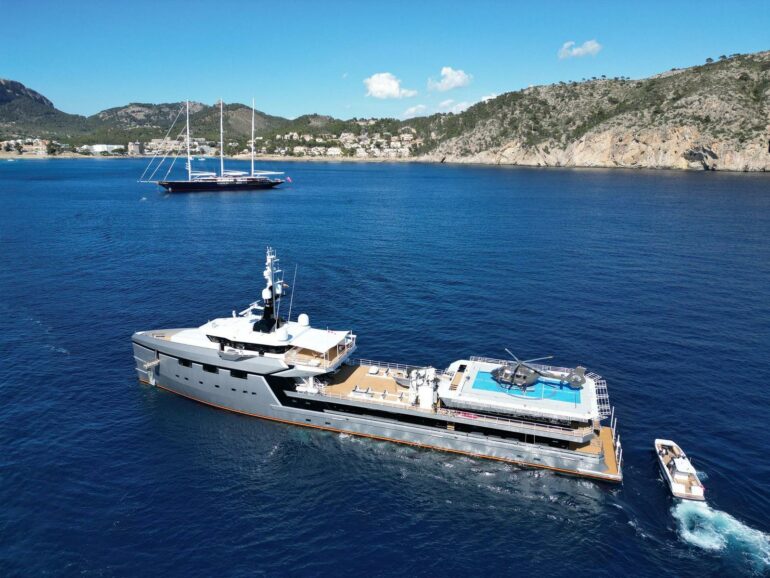
Sánchez also pointed out in the wide-ranging interview how she more than compensates for her carbon footprint with environmental work. “I think Jeff and I really are focusing on the long-term commitment to climate, and we’re extremely optimistic about it. Ten billion is just the beginning,” she said. Furthermore, she also pointed out how they use green aviation fuel when possible and that Bezos’ $500 million megayacht Koru can sail solely on wind power. “We’ve done it and it is magical,” she told the magazine. However, not everyone is convinced that Bezos and his girlfriend are serious about efforts to fight climate change. Let’s have a look if the criticism is justified or not.
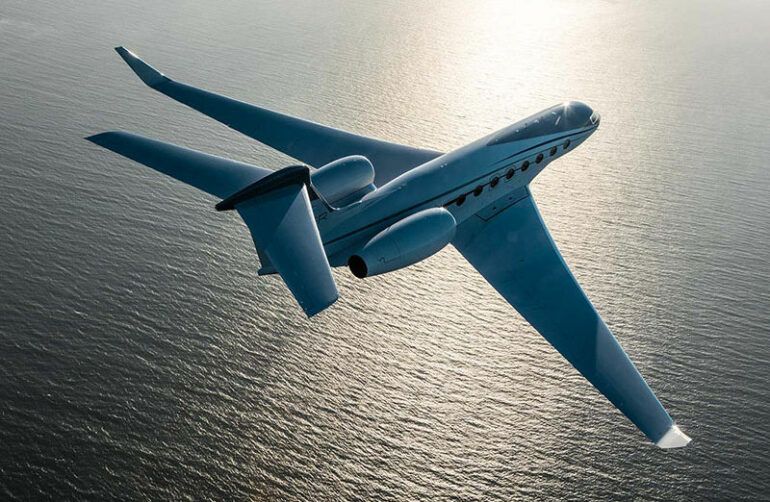
Jeff Bezos owns not one but two Gulfstream G650ER business jets that cost roughly $75 million each. The ER is an extended-range version of the G650, which has been in production since 2008. The aircraft is capable of flying 7,500 nautical miles (8,600 miles) and has a maximum speed of Mach 0.925 (about 710mph). The billionaire came under severe criticism in 2021 when he traveled to the COP26 climate meeting in Glasgow, Scotland, in his private aircraft.

A spokeswoman for the Bezos Earth Fund claimed that Bezos offset all of his private jet’s carbon emissions and utilized sustainable aviation fuel. However, no specifics were given. While sustainable aviation fuel is being touted as a game changer that’ll help reduce carbon emissions significantly, its availability is still limited.

Earlier this year, the Amazon founder and his fiancé were spotted during the second weekend of Coachella, where they traveled using Bezos’ private jet, which again drew a lot of criticism. Furthermore, Sánchez has been training to become a pilot for more than a year and was spotted landing a chopper on the helipad aboard Bezos’ $75 million support vessel, Abeona, a few months back. In addition to that, the 53-year-old owns an aerial filming company called Black Ops Aviation. There is no clarity if all these aircraft also operate on sustainable aviation fuel. Bezos is definitely not happy with all the critics constantly questioning the extensive use of his private jet. Back in 2018, Bezos even blocked his private jet from being tracked.
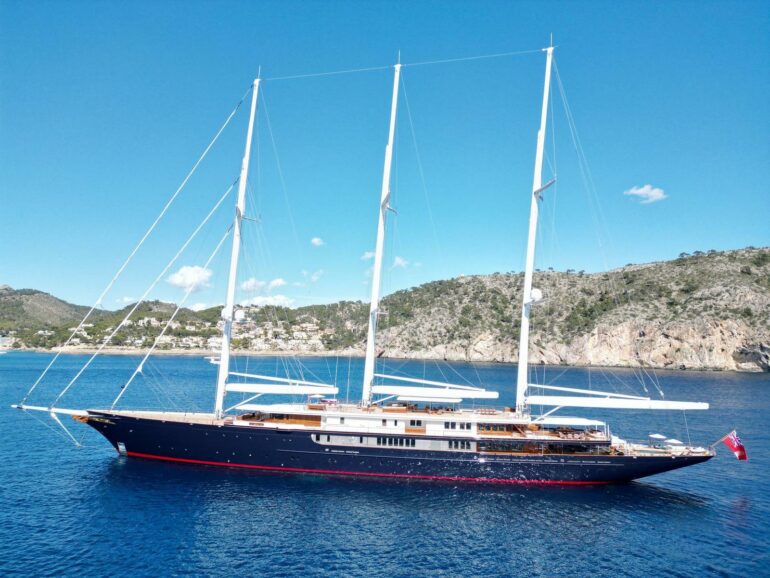
As far as Bezos’ $500 million megayacht Koru is concerned, it is a three-masted schooner that can travel solely using wind power thanks to its massive sails. However, it has to depend on the wind conditions for operating without any emissions, which is not always favorable. The 127-meter-long sailing yacht also has 2 MTU engines that help propel it when the sails are not deployed. This means Koru is not entirely a zero-emission superyacht and produces just as many environment-damaging air pollutants as any other vessel of its size when it’s powered by its diesel engines.

If that was not all, Koru has a massive shadow vessel named Abeona whose job is to provide constant support to the mother ship. The Damen yachting vessel measures 75 meters in length and is quite possibly one of the most impressive support vessels ever made. However, she is powered by a pair of 16-cylinder diesel MTU engines that produce 3,046hp running at 1800rpm along with harmful emissions. So, operating Koru is definitely not free of climate-damaging emissions as Lauren Sánchez would want us to believe.
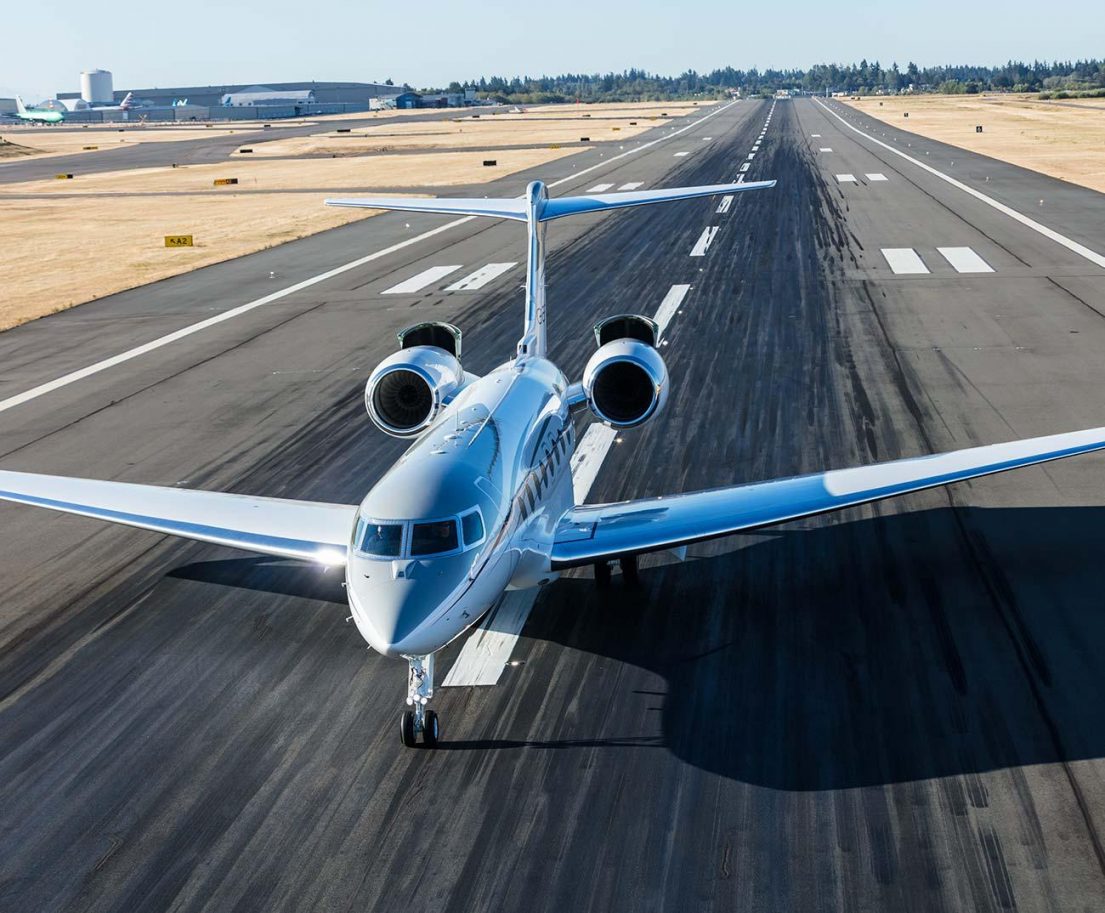
What is sustainable aviation fuel?
Sustainable Aviation Fuel (SAF) is a type of aviation fuel that is produced from renewable and sustainable sources such as agricultural waste, municipal solid waste, and forestry residues. The aim of SAF is to reduce the environmental impact of the aviation industry by lowering greenhouse gas emissions as well as lessen the dependence on fossil fuel resources. SAF is designed to have a lower carbon footprint compared to conventional jet fuels. When burned, it releases fewer net emissions into the atmosphere.
